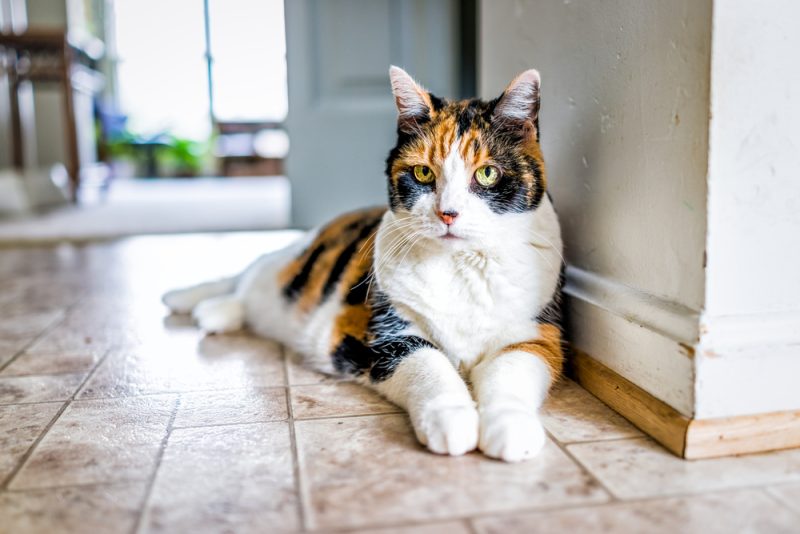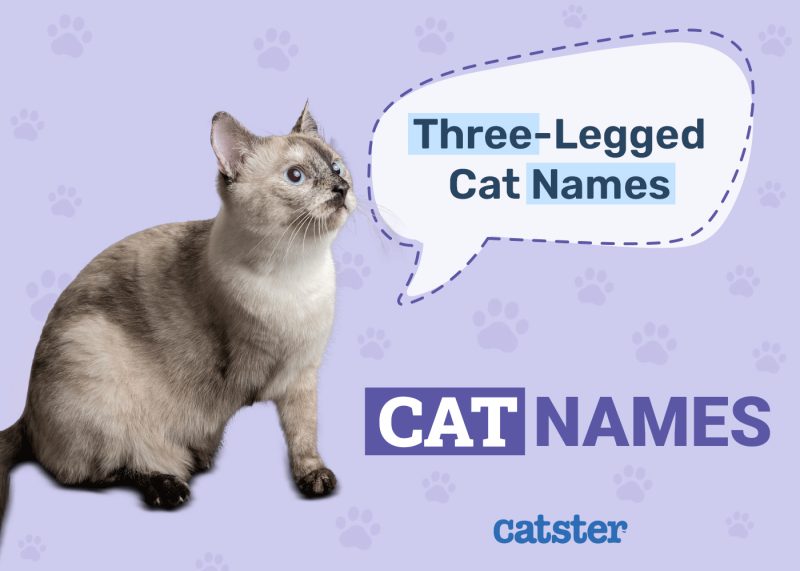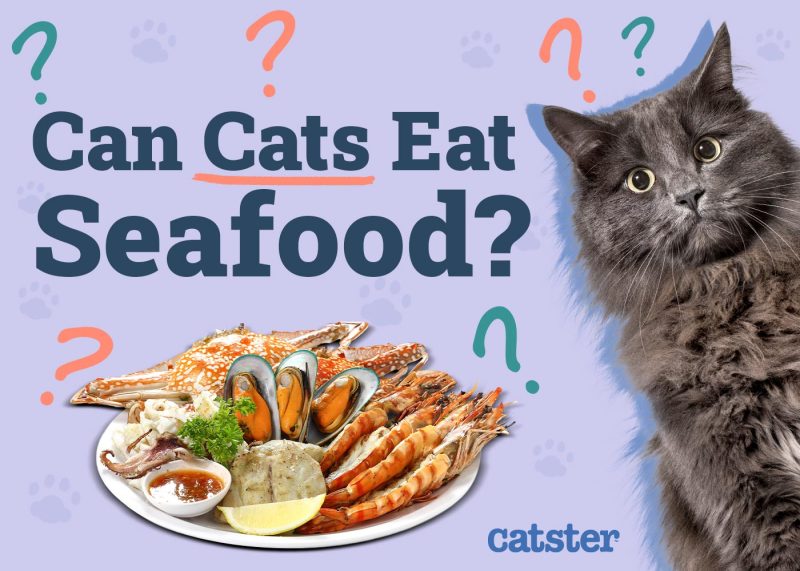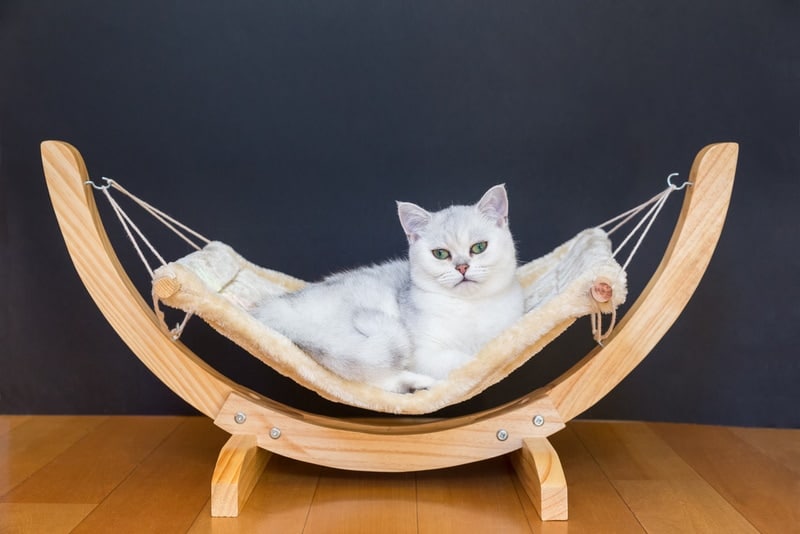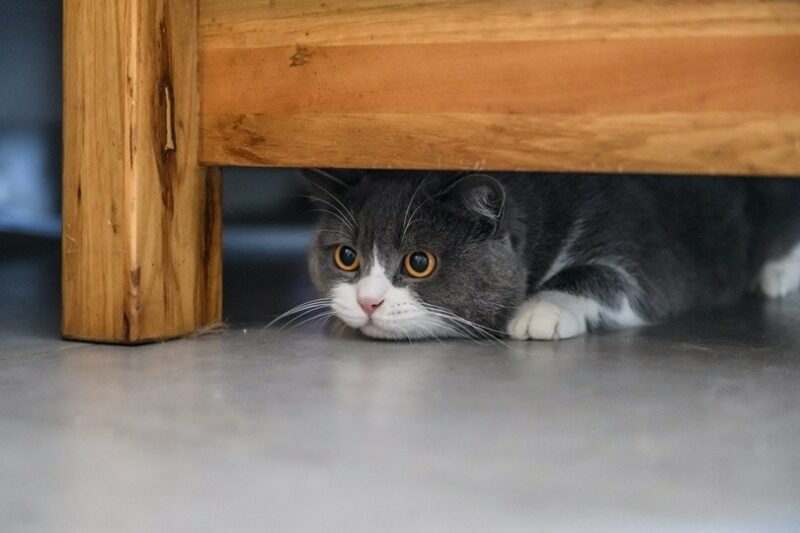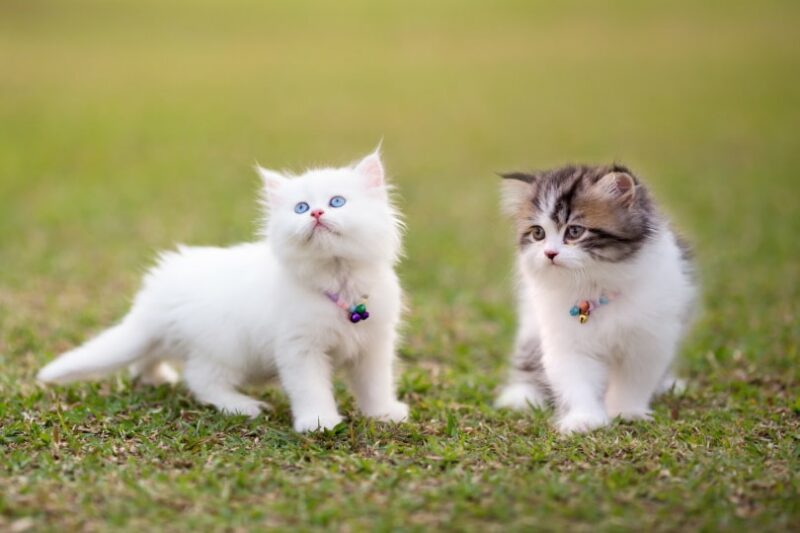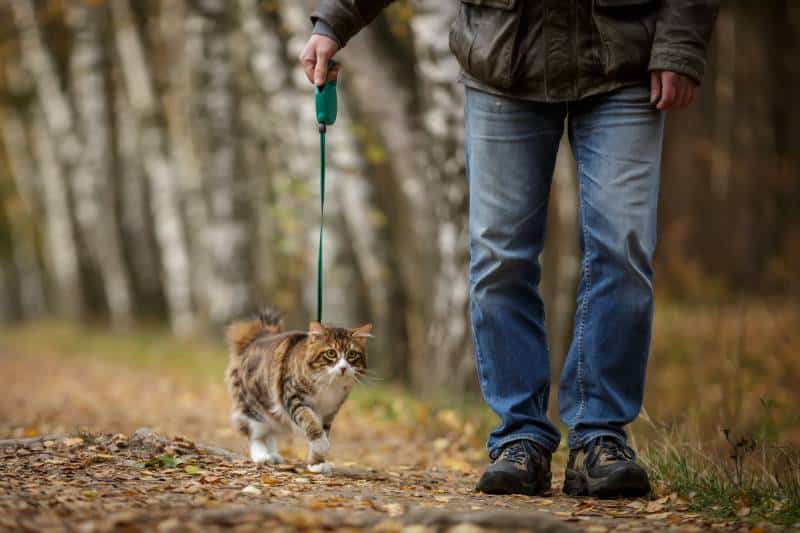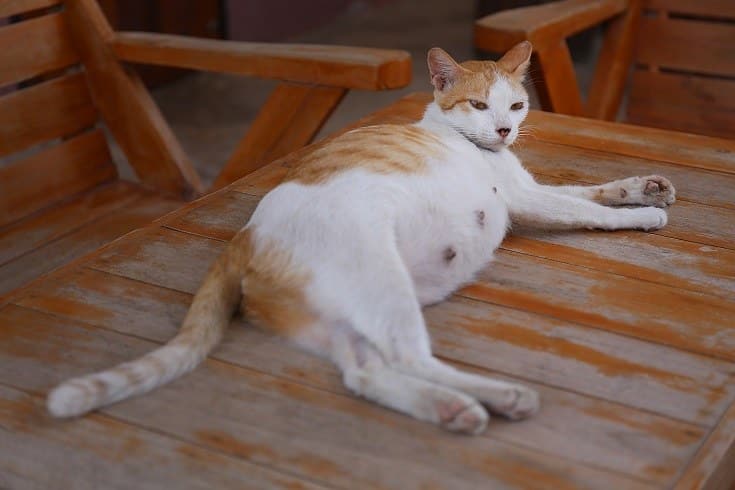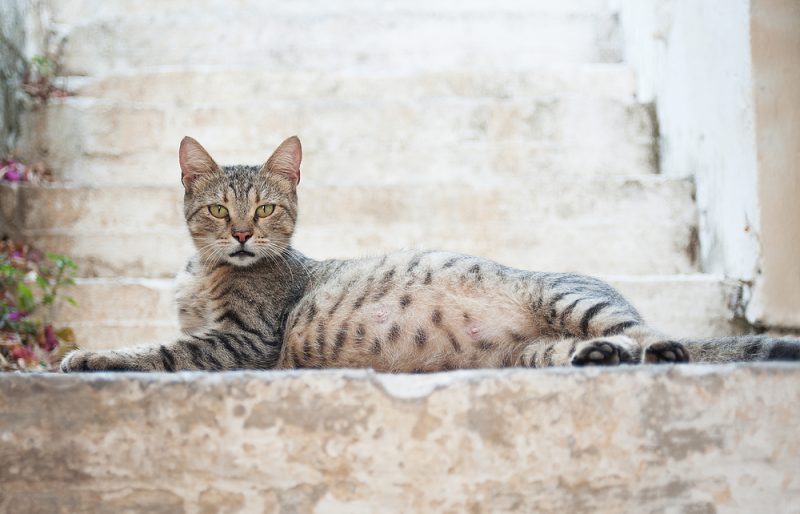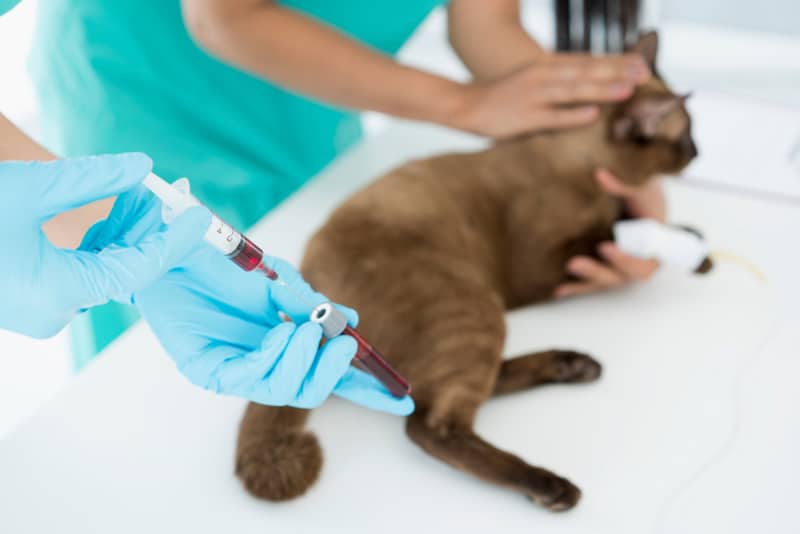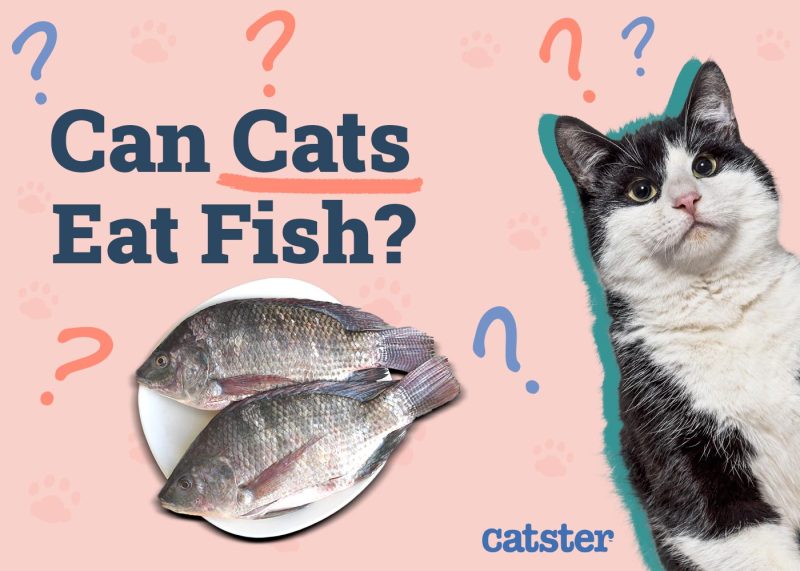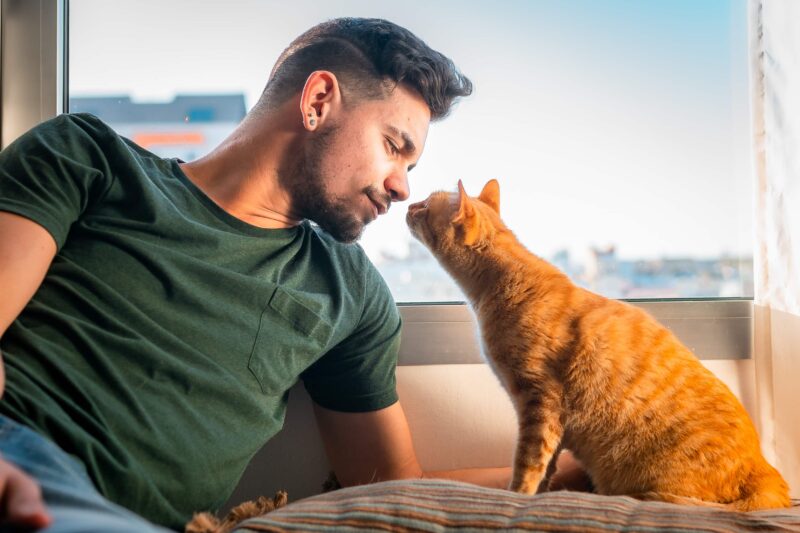Calico cats have a tri-color coat pattern that makes them instantly recognizable, and many cat lovers seek them out when it comes time for a new pet. What makes them even more interesting is that they are available in many breeds, so you won’t need to seek out an expensive breeder to find one.
If you are thinking about getting one of these cats but would like to know more about them first, keep reading while we discuss how they get to be calico, their history, formal recognition, and other interesting facts that will help you decide if they are right for your home.
Breed Overview
Height:
9–10 inches
Weight:
8–12 pounds
Lifespan:
10–16 years
Colors:
White, black, and orange or cream
Suitable for:
Small and large families
Temperament:
Independent, playful, energetic
When discussing a calico cat, we are referring to the coat pattern and not a specific breed. This coat pattern has a unique blend of white, black, and orange or cream hues, and cats with this coat are unusual because most others have only one or two colors and are black or red.
Other than the coat pattern, calico cats are similar to other cats. Some may be outgoing and assertive, while others exhibit a more reserved or shy demeanor. One unusual fact is that most calico cats are female. The gene responsible for coat color is on the X chromosome. Female cats have two X chromosomes (XX), while males have one X and one Y chromosome (XY). Therefore, female cats can carry the gene for black on one chromosome and red on the other, while males can only have one of those colors.
In rare cases, a male cat can have an extra chromosome, giving them access to the calico coat.
Calico Cat Characteristics

The Earliest Records of Calico Cats in History
The earliest records of calico cats date back to ancient times, with historical evidence suggesting their existence in various cultures around the world. The Egyptian people admired the mysterious and captivating tri-colored coats, and in Japan, they are a symbol of luck and good fortune.
Their appearance in art, literature, and folklore reflects the fascination and admiration that people have had for these colorful cats.
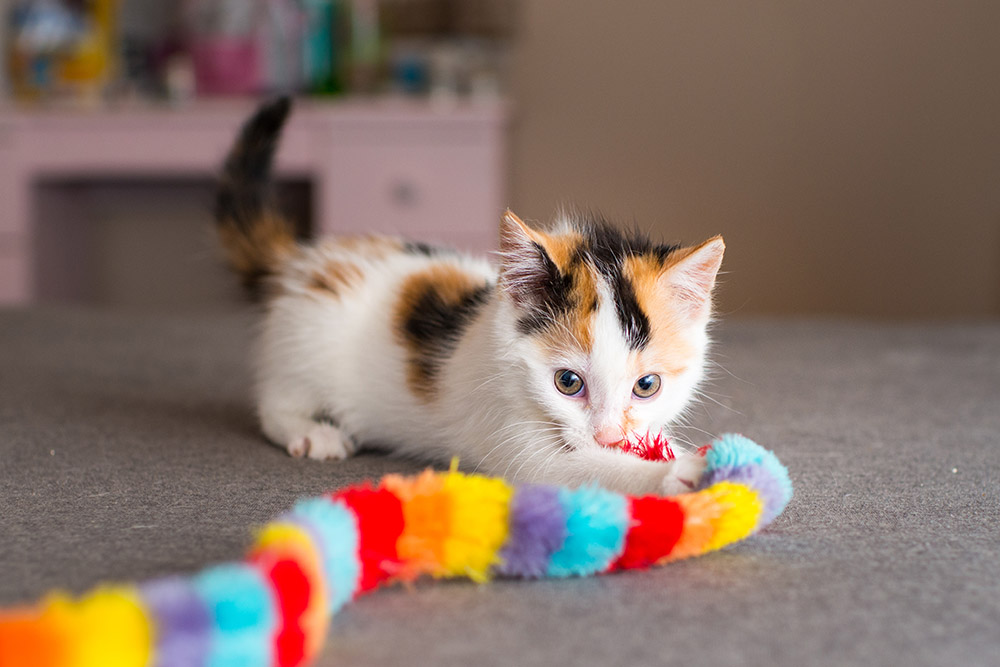
How Calico Cats Gained Popularity
Calico cats gained popularity over the centuries due to a combination of their unique, rare, and visually striking appearance. While not a specific cat breed, the color diversity allows cat enthusiasts to appreciate calico cats in different sizes, shapes, and temperaments, contributing to their overall popularity.
In the digital age, calico cats have gained even more popularity through social media platforms as cat owners share pictures and stories of their pets.
Formal Recognition of Calico Cats
Formal recognition of calico cats as a distinct breed or pattern has not occurred because calico is not a specific breed of cat, and it can occur in many breeds, several of which are recognized by various cat clubs, including the American Shorthair, Japanese Bobtail, Maine Coon, and Scottish Fold.
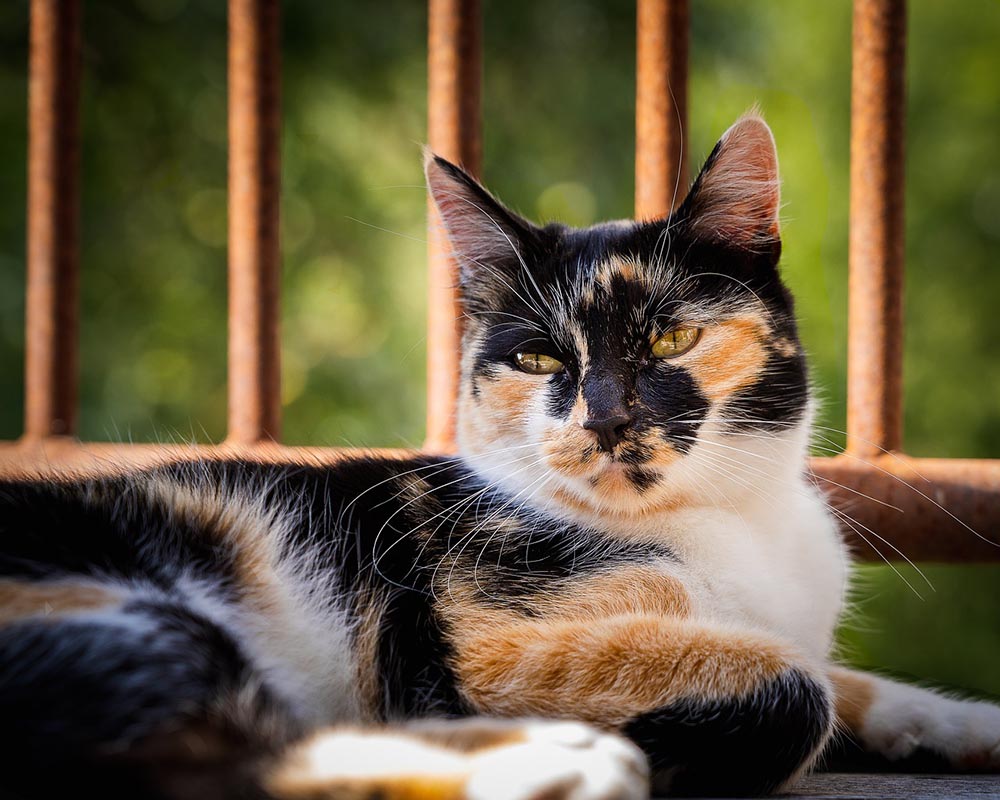
Calico Cat Personality – Are Calico Cats Mean?
We could not find any research that connects color to personality in cats, including those with the calico coat. Therefore, there is no reason to expect your calico cat to be mean. Each cat has a unique personality, and some will be friendlier than others, but most are playful, curious, and affectionate.

Top 5 Unique Facts About Calico Cats
1. They Have Beautiful Eye Colors
Calico cats can have a variety of eye colors, including blue, gold, green, or amber.
2. They Can Have Polydactylism
Some calico cats may exhibit polydactylism, meaning they have extra toes.
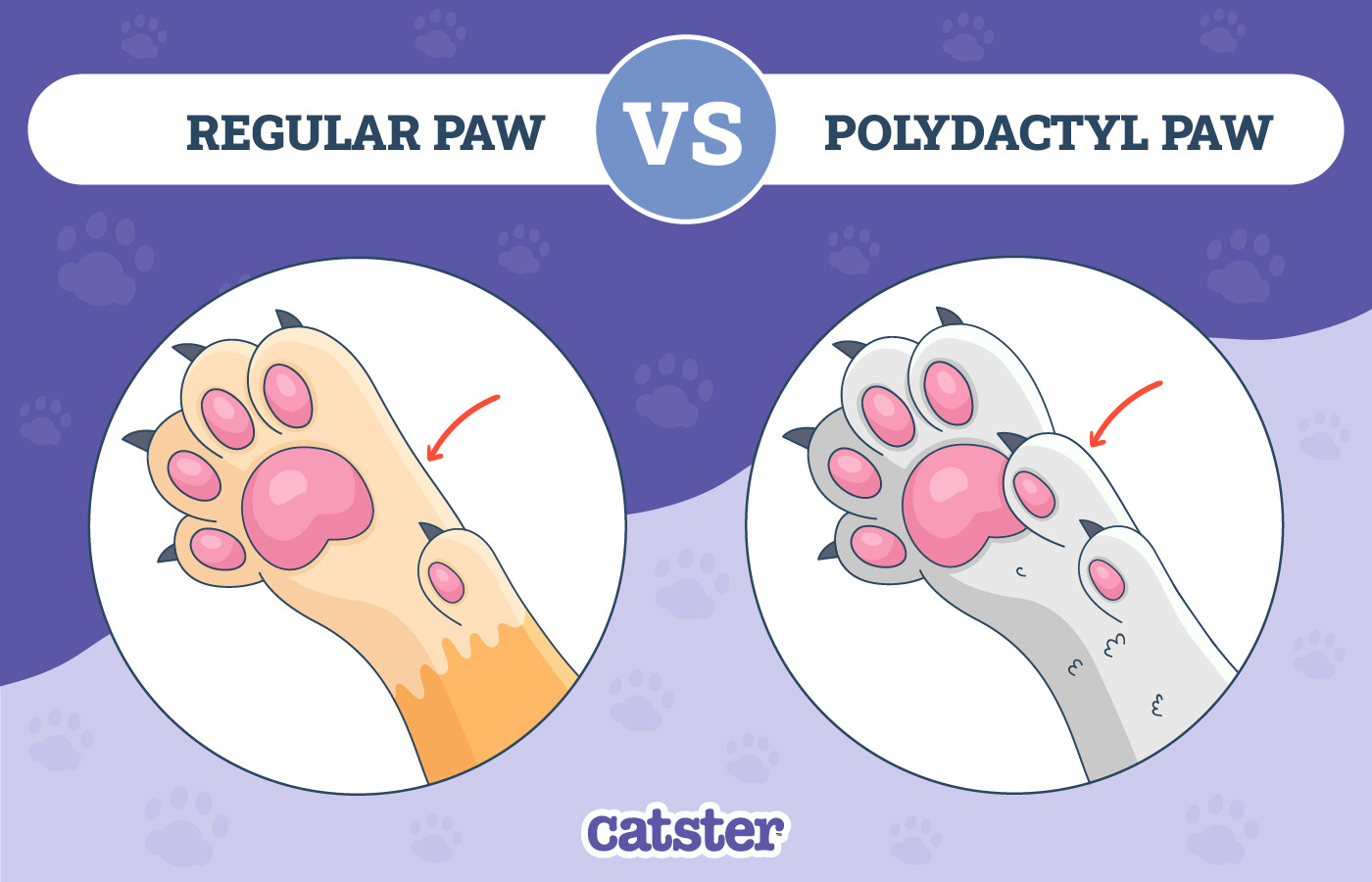
3. Some Of Them Can Have a Pattern Called “Diluted”
Some calico cats have a diluted color pattern, where the black becomes gray, and the orange becomes cream. These cats are often called dilute calicos and have a softer, pastel-like appearance.
4. They Are Maryland State Cat
In 2001, Maryland, USA, adopted the calico cat as their state cat to honor the cats that arrived on ships to control rodents during the early days of the state’s settlement.
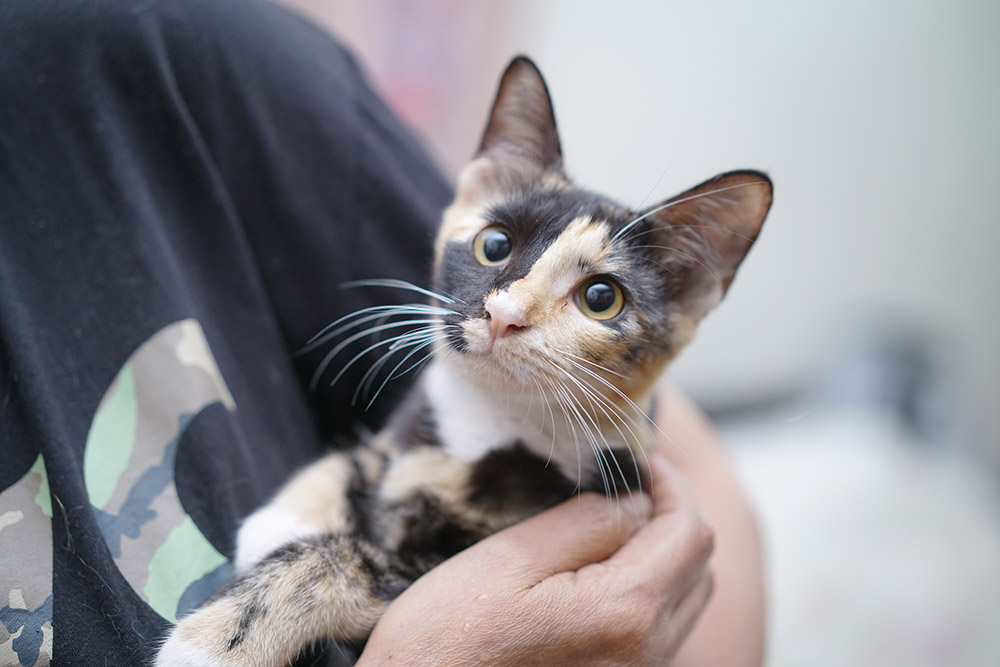
5. Their Pattern Is Unique
The patterns on calico cats are similar to a human fingerprint, and no two are exactly alike. Each cat’s coat tells a distinct story of genetics and development.

Do Calico Cats Make a Good Pet?
Calico cats can make wonderful pets for the right owner. Their striking tri-color coat is extremely attractive and popular and is perfect for someone looking for a pet that stands out in a crowd. Regular grooming is essential for long-haired calicos, and even short-haired cats will benefit from occasional brushing.
Regular teeth brushing with cat-safe toothpaste is also a good idea. Otherwise, these adaptable pets can make great pets for large and small families in almost any home.

Conclusion
Calico cats are not a unique breed but are instead a type of coat pattern that contains three different colors, namely, red, white, and black. What is special about it is that it’s quite rare due to it requiring two X chromosomes, one for the black color and one for the red. Therefore, you usually only see it in female cats since males only have one X chromosome, except in extremely rare circumstances.
Otherwise, these cats are similar to any other cat and often exhibit friendly and playful tendencies that make them popular with pet lovers worldwide.
Featured Image Credit: Kristi Blokhin, Shutterstock
